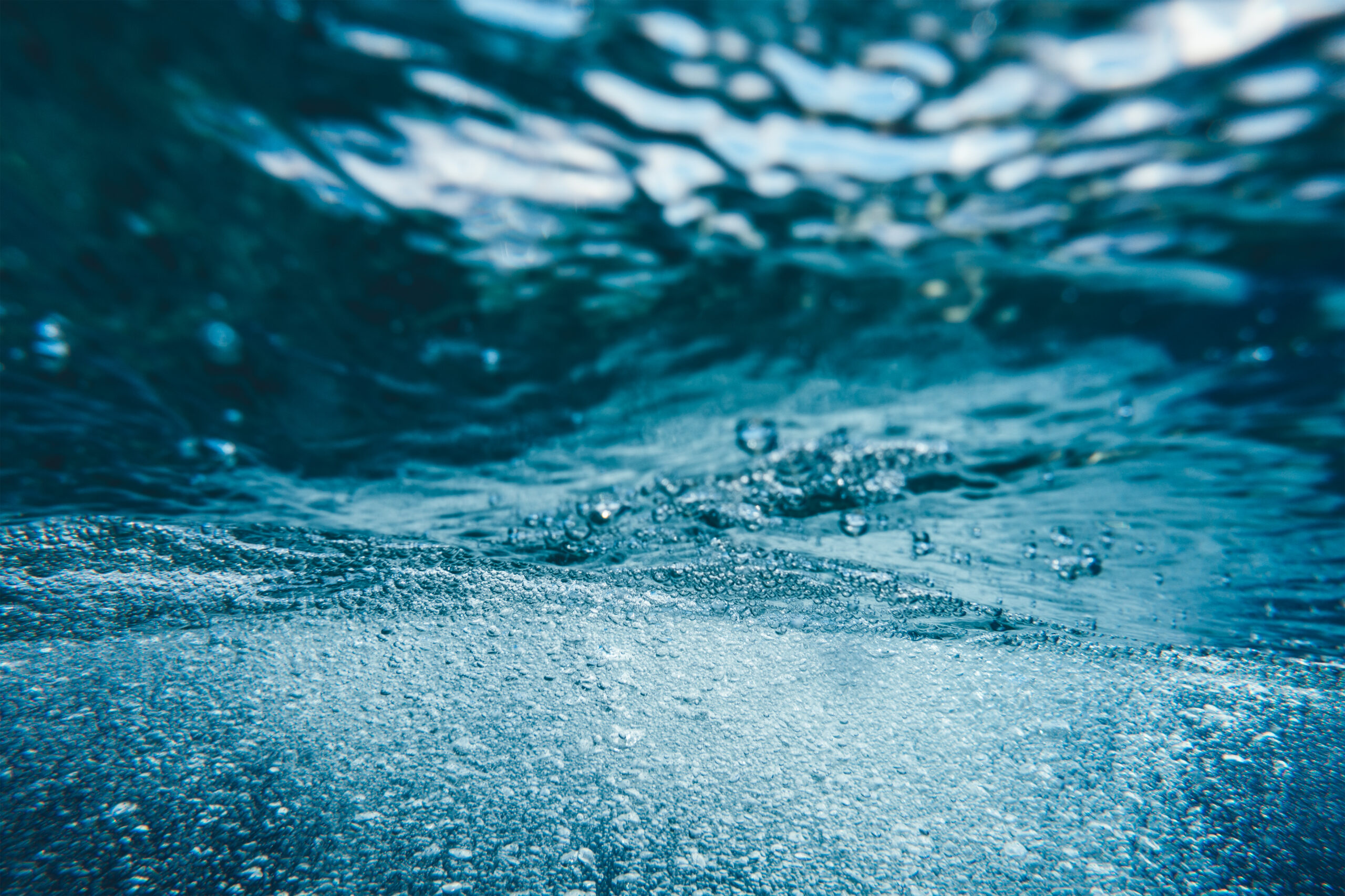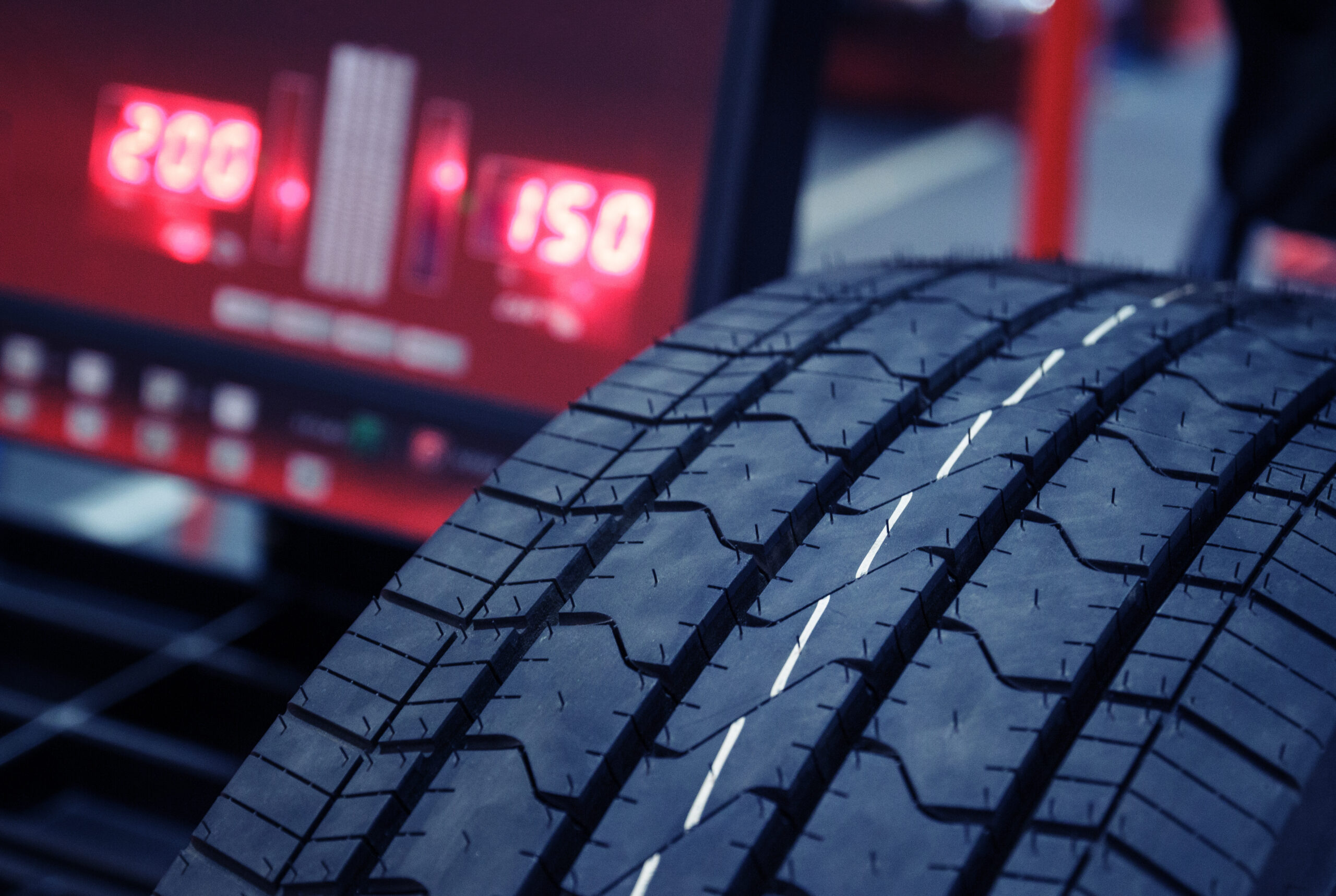
In addition to supporting a vehicle’s weight, absorbing impacts and withstanding weather conditions, tires are a car’s only connection to the road — and as such are essential to vehicle safety and performance. But that critical grip also leads to abrasion of both the tire and the road surface, producing tiny debris called tire and road wear particles, or TRWP.
As TriplePundit has previously reported in this series, public awareness of TRWP and their potential impact on the environment and human health is beginning to emerge. But as more information about TRWP has been learned, tire industry stakeholders — including the Tire Industry Project (TIP), a voluntary CEO-led sustainability collaboration under the umbrella of the World Business Council for Sustainable Development, and the U.S. Tire Manufacturers Association (USTMA), which represents tire companies in the United States — have ramped up efforts to better understand TRWP and mitigate their potential impacts.
“Sustainability directs USTMA member companies’ business practices and operating principles,” said Anne Forristall Luke, president and CEO of USTMA. “As part of this, the industry supports additional and ongoing research on TRWP that considers the latest science.”
Existing research shows that TRWP have distinct characteristics. They are tiny, elongated particles comprised of approximately half tire tread material and half road pavement material, measuring less than 100 micrometers — which is about the size of fine-grained sand. Since 2005, tire industry stakeholders have supported independent, peer-reviewed scientific studies conducted by TIP to fill knowledge gaps about these particles. It has also built a public-facing website to provide a multimedia introduction to the topic of TRWP and a detailed account of the studies it has sponsored to date.
“TIP continues to sponsor and share research that uses cutting-edge methodologies for studying tire and road wear particles,” said Anne Cécile Rémont, the Director of TIP.
Researching the impact of tire and road wear particles (TRWP)
TIP has supported studies of TRWP in multiple environments, including freshwater systems, roadside soil, and ambient air. In freshwater environments, testing of recommended species showed low risk of toxicity under environmentally relevant conditions.
However, results of toxicity testing of tire-related particles by various researchers have been highly variable and depend on the test material used in the study, species tested, exposure concentrations, and endpoints evaluated, according to TIP and USTMA.
Specifically, studies into airborne TRWP have concluded that TRWP make a low contribution to particulate matter of the size fractions of most concern to human health. Additionally, inhalation studies suggest that TRWP is unlikely to pose risk to humans through airborne exposure.
To improve scientific understanding of potential human exposure to TRWP, TIP‘s ongoing and planned research includes topics around sampling of TRWP in the environment and studying its degradation.
Stakeholders come together to solve research challenges
Understanding TRWP and their impacts is an ongoing subject of study that brings industry, academic and public-sector partners together — often with one novel discovery prompting a new wave of inquiry and testing.
For example, researchers at the University of Washington and the Washington Stormwater Center published findings in 2020 suggesting a connection between exposure to a chemical called 6PPD-Quinone and coho salmon mortality.
While 6PPD-Quinone is not used to make tires, the researchers discovered that 6PPD-Quinone may be created when the chemical 6PPD — an antioxidant and antiozonant that provides a key safety feature of preventing heat buildup inside tires — reacted with oxygen and ozone in the environment.
Although earlier studies of 6PPD and its transformation products had not identified 6PPD-Quinone, “the discovery in Washington led USTMA to act quickly, requesting that the California Department of Toxic Substances Control (DTSC) pursue an alternatives analysis to assess whether there is a safer alternative to 6PPD in tires under the state’s green chemistry regulations,” USTMA said.
USTMA also formed a global task force in collaboration with TIP and the European Tyre and Rubber Manufacturers Association (ETRMA) to identify relevant data gaps related to this newly discovered chemical. And it says it’s “actively engaging with other researchers and stakeholders” to fill those gaps and identify effective treatment solutions to mitigate 6PPD-Quinone in stormwater.
For example, the organization recently partnered with UC Berkeley’s Greener Solutions Program, a project-based academic course supported by DTSC, the Washington Department of Ecology and the U.S. Environmental Protection Agency, where graduate students engaged in the study of possible alternatives to 6PPD that could ensure both tire safety and environmental protection. The USTMA also participates in working groups at the federal and state levels that are focused on identifying 6PPD-Quinone hot spots and pushing effective mitigation solutions forward.
Another key barrier to further TRWP research – which includes the study of 6PPD-Quinone – is that scientists face limitations in creating representative tire tread particles for accurate study.
To support researchers and their work, TIP created a methodology to produce cryogenically milled tire tread (CMTT) samples. These samples, created through a standardized laboratory process that grinds (or mills) tire tread, simulate tire particles that are normally generated by the friction between tires and road surfaces. This mix of tiny rubber pieces are representative of tire tread, but unlike TRWP, they do not contain elements arising from pavement or any interactions with pavement.
“CMTT is not a direct replacement for TRWP in TRWP-related studies, but it allows researchers to study the tire tread component,” Rémont explained.
There’s no one-size-fits-all solution to reduce tire wear
Many factors impact tire wear and the generation of TRWP — including tire design and vehicle characteristics like weight, distribution of load and location of driving wheels, as well as the type of road surface. Even things like weather and driving behavior can affect the production of TRWP. That means effective mitigation requires a collaborative, multi-stakeholder approach. Industry stakeholders are already looking toward innovations in tire design, as well as the automotive, road construction and infrastructure value chains, to mitigate TRWP.
For example, USTMA says its members are increasing the use of advanced compounds in tire tread, which helps to improve vehicle fuel efficiency leading to fuel savings, reduced vehicle CO2 emissions, and better tire wear performance.
Incorporating sustainable infrastructure in roadway development can also provide long-term solutions for reducing TRWP. Specifically, USTMA is encouraged by the documented benefits of rubber-modified asphalt (RMA), an innovative paving material made from asphalt and ground end-of-life tires that has been shown to reduce tire wear by up to 50 percent. RMA also presents another potential opportunity to support a circular economy for tires.
The Ray — a nonprofit pursuing net-zero roadway solutions on an 18-mile stretch of interstate highway in Georgia — recently partnered with USTMA and the University of Missouri to study rubber-modified asphalt. Along with installing the material on a one-mile stretch of the test highway, the study reviewed more than 300 scholarly sources and surveyed 26 state highway agencies — and it found the material to be a promising circular solution that repurposes scrap tires, cuts the carbon footprint of road construction, and reduces tire wear, among other benefits.
Green infrastructure, such as stormwater infiltration galleries and rain gardens (also known as bioswales), has also proven effective in reducing the impact of potential pollutants and TRWP. For example, the San Francisco Estuary Institute found that microparticles were well captured by rain gardens, reducing microplastics in stormwater runoff by 91 percent. Stormwater infiltration galleries made with tire-derived aggregate have also been found to reduce stormwater pollutants and runoff.
Finally, motorists can also help reduce the amount of TRWP produced by maintaining proper tire pressure and not driving aggressively. USTMA recommends that consumers check their tire pressure at least monthly to ensure proper inflation, which can also provide the added benefit of increased fuel efficiency.
“Understanding any potential impacts of TRWP and solving for those is key to our sustainability strategy as we remain committed to reducing our environmental footprint and providing safe, high-performing products,” Forristall Luke of USTMA added.
This article series is sponsored by the Tire Industry Project and produced by the TriplePundit editorial team. Members of the Tire Industry Project (in alphabetical order) are Bridgestone, Continental, Goodyear, Hankook, Kumho Tire, Michelin, Pirelli, Sumitomo Rubber, Toyo Tires, and Yokohama Rubber.
Image credit: helivideo/Adobe Stock
This article was originally published at TriplePundit.com
Link to article: https://www.triplepundit.com/story/2022/tire-road-wear-particles/745936








